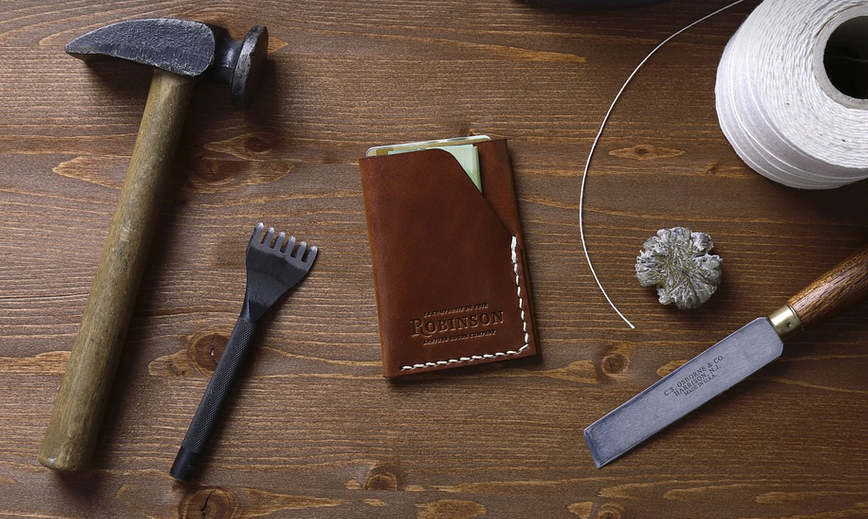
How To Smooth Silicone Caulking: A Step-By-Step Guide
A Perfect Finish for Any Project
Caulking gaps and cracks is a crucial part of home renovation, construction, and even DIY projects. But applying a smooth silicone caulk finish can sometimes feel like navigating a minefield!
Don’t worry though, with the right tools and techniques, achieving that perfect smooth finish becomes an achievable goal. Think of it as mastering your own artistic skills—you’ll be impressed by what you can create.
This comprehensive guide will walk you through each step, from preparing the surface to applying the caulk for a flawless result. Let’s dive in!
Step 1: Prepping the Surface
The foundation of any successful project is meticulous preparation. Before even touching the caulk, your work surface must be clean and free from any debris. A dusty or greasy area will only lead to unsightly imperfections.
Start by cleaning the area with a damp rag. For ingrained grime, consider using a mild detergent solution mixed with water for a thorough clean. Next, gently remove any loose dirt, dust particles, or paint chips that might have accumulated on the surface. Make sure there are no stray fibers left behind!
Step 2: The Right Tools and Equipment
Having the right tools can be a game-changer when it comes to achieving smooth caulk application. Here’s what you need for this project:
- **Caulk Gun:** A caulk gun is your best friend for applying silicone caulk evenly and efficiently. Choose one with adjustable pressure settings for smooth, precise control.
- **Silicone Caulking:** Select the correct type of silicone caulk for your needs; it’s often categorized by weather resistance or flexibility – make sure to choose a sealant appropriate for indoor or outdoor use based on your project’s requirements and location.
- **Caulk Sponges:** These are handy tools for spreading out excess caulk, removing any ridges, and smoothing the surface smoothly after application.
- **Silicone Caulk Scraper Tool (Optional):** These tools come in handy to remove excess caulk from crevices or clean up around edges.
- **Utility Knife:** A utility knife is useful for cutting away excess caulk on a corner or edge if needed.
Step 3: Applying the Caulk
Now, let’s get to the fun part – applying that smooth silicone caulk! Here’s how:
- **Apply in Even Strokes:** Start by holding your caulk gun at a slight angle. Begin with a small amount of caulk and apply it to the surface using even, smooth strokes. It is best to apply short strokes, applying pressure evenly across each section.
- **Avoid Excess:** Overcaulking can lead to unsightly bulges. Let the first coat dry before applying another one, usually in 30-60 minutes.
Step 4: Finishing Touches**
Time for some fine-tuning! Once the initial layer of caulk has dried, you’ll be able to assess its smoothness. If necessary, use your tools like a caulk scraper and a utility knife to remove any excess caulk.
**Step 5: Smooth it Out**
The final step is often the most satisfying! With a clean sponge dipped in water, gently wipe away any remaining caulk and smooth the surface for that perfect finish. You can achieve even more smoothness by applying gentle pressure with your finger or a damp sponge.
**Pro Tip: Clean Up:** Don’t forget to clean your work area thoroughly after you finish! Use a damp rag, mild detergent solution, and water to remove any remaining caulk residue or dust. This ensures that your project looks its best without any distractions.
**Finishing Thoughts:**
Successfully applying smooth silicone caulk requires patience and attention to detail. Don’t be discouraged by a few imperfections; it’s all part of the learning process! Remember, practice makes perfect, and with each project you tackle, your skill will only improve.
By following these steps, you’ll master the art of applying smooth silicone caulk, transforming any gap or crack into a perfectly seamless finish. It’s truly an accomplishment that adds value to your home, furniture, or construction project.
Happy caulking!